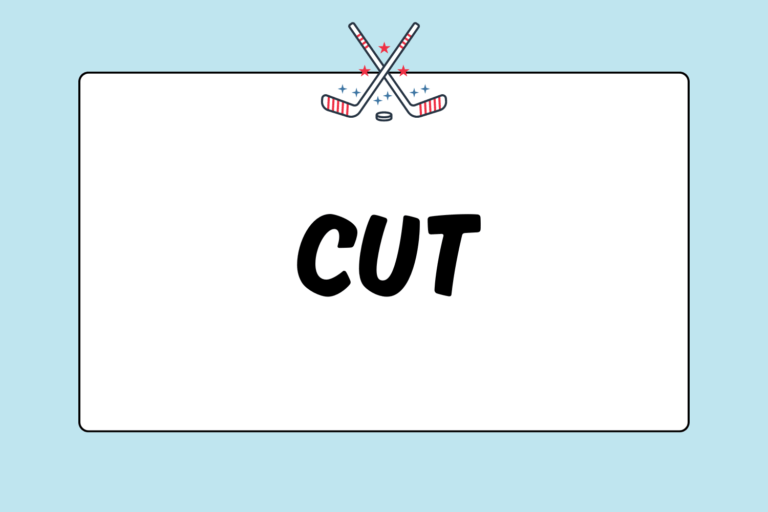If you’re organizing a tournament, this guide is for you! After you’ve set a date for the event and every team has registered, the next thing you will need to do is organize the tournament by creating a bracket of play. Three of the most popular layouts for tournaments are round-robin, single-elimination, and double-elimination brackets. Each one has its own advantages and disadvantages, so choose the layout best suited for your tournament in terms of the event’s time frame, the amount of teams, and its purpose.
This field hockey guide will explain the different styles of tournament brackets, so you can choose the perfect one for your tournament.
Round-robin
In a standard round-robin tournament, each team plays every other team once. When each team plays every other team twice, it is called a double round-robin.
There are multiple benefits for this type of bracket:
- There are a set number of games played.
- The teams are unseeded and put in the bracket at random.
- Each team has a chance to play every other team entered into the tournament.
However, there is also a downside: Effort may vary throughout the tournament. Because the teams are unseeded, a first place team may be pitted against a team with no chance of winning. As a result, the effort level of either team could decrease.
Round-robin brackets are commonly used in league tournaments that have a set number of games because every team will have a chance to play every other team in its league.
However, round-robin brackets can also be used in tournaments with more teams because the teams can be divided among two divisions. By doing this, every team will have the chance to play every other team in its division. If desired, you could then organize a third bracket (single- or double-elimination) to determine the top four teams.
The order in which the teams play each other is not crucial for this type of tournament because every team plays each other at least once. For example, in an eight-team round-robin tournament, there would be seven rounds in which each team would play each other.
You can score the tournament in whatever manner you choose. One way to do it is to assign points for each win, loss, and tie. At the end of the tournament, add up each team’s points and determine the first, second, and third place teams. The team with the most points is the winner.
Single-elimination
A single-elimination tournament (also referred to as a knockout, cup, or sudden death tournament), is the simplest type of tournament to organize. With this type of bracket, a team is knocked out (eliminated) from a tournament after its first loss. The best time to use a single-elimination bracket is when you have a lot of teams and want to determine a winner quickly. However, the downside to this tournament is that losing teams plays fewer games than winning teams in the tournament.
A game cannot end in a tie, so you need to decide what the tie-breaker will be. More often than not, a tied game will generally go into overtime and then be determined by penalty strokes, if needed. Though, some tournaments opt to go straight into strokes to save time and resources because the winner is determined faster and the next game can start sooner.
Double-elimination
A double-elimination bracket is the most common type of tournament. It is similar to a single-elimination bracket with one exception: A team must lose two games before being eliminated from the tournament. This type of bracket gives the losing teams a little slack because they have one more chance to play. The brackets may be seeded or created by random drawing.
Regardless of how they are created, though, there are two brackets in a double-elimination tournament: The winner’s and loser’s bracket. All teams start in the winner’s bracket. The winning team advances to the next game in the winner’s bracket (and will play another team that has not lost), and the losing team will drop down to the loser’s bracket to play against a team that has also lost. The loser’s bracket then acts like a single-elimination bracket. Once a team loses in the loser’s bracket, which will be their second loss, it will be eliminated from the tournament. At the end of the tournament, the winning and losing brackets connect and the last two teams play for the championship. The team in the wining bracket will only need to win once to win the tournament, while the losing team will need two wins to win it all.
Seeded vs. Blind Draw
There are two ways to determine how teams are set up in either bracket: Seeded or blind draw.
Seeded elimination tournaments are based on the previous records of the teams. These types of tournaments are generally conducted at the end of a season to determine the proper positions for playoffs and championships.
To put together a seeded tournament, you first need to determine how many teams will be in the tournament. Then, each team needs to be ranked. The highest ranked teams would be matched up against the lowest ranked teams, and the brackets would continue as such. For example, in an eight-team tournament, the highest ranked team would play the lowest ranked team; and the second highest ranked team would play the second lowest ranked team, and this would continue until all the teams are matched up. If there are an odd number of teams, the highest ranked team will receive a “bye” (automatic advancement without playing a game).
In a blind draw tournament, seeding is completely random. Blind draw tournaments are generally conducted for teams with no previous record. Team names would be drawn at random to determine where they would start in the bracket.
Create the Bracket
The biggest decision is determining what type of tournament you want to host, and then comes the brackets. You can download software that allows you to customize your bracket, and you can also find online templates — both are easy to use because you only need to fill them in. With the descriptions in this guide, you know what options you have in terms of brackets and you’re ready to create your own!





